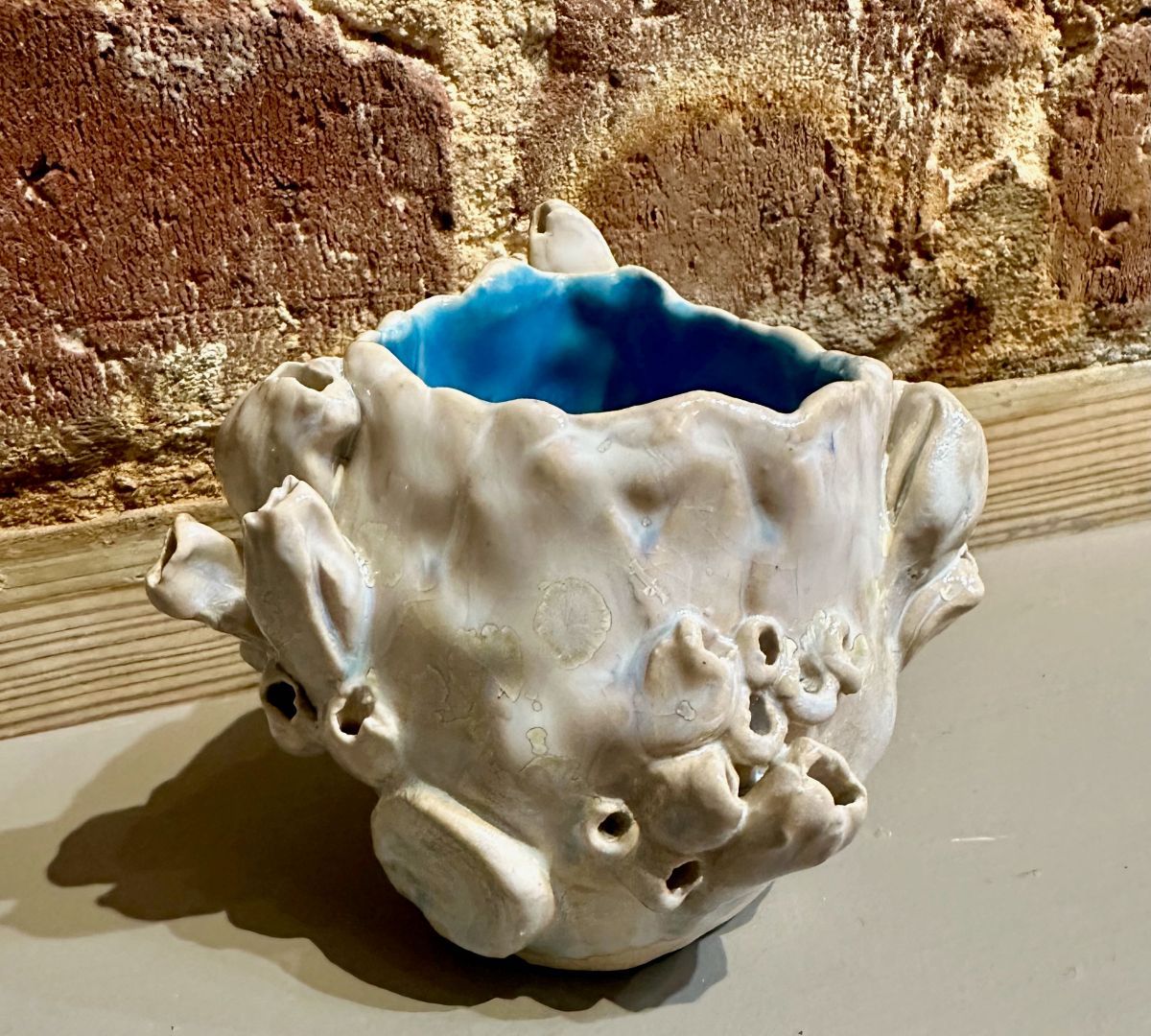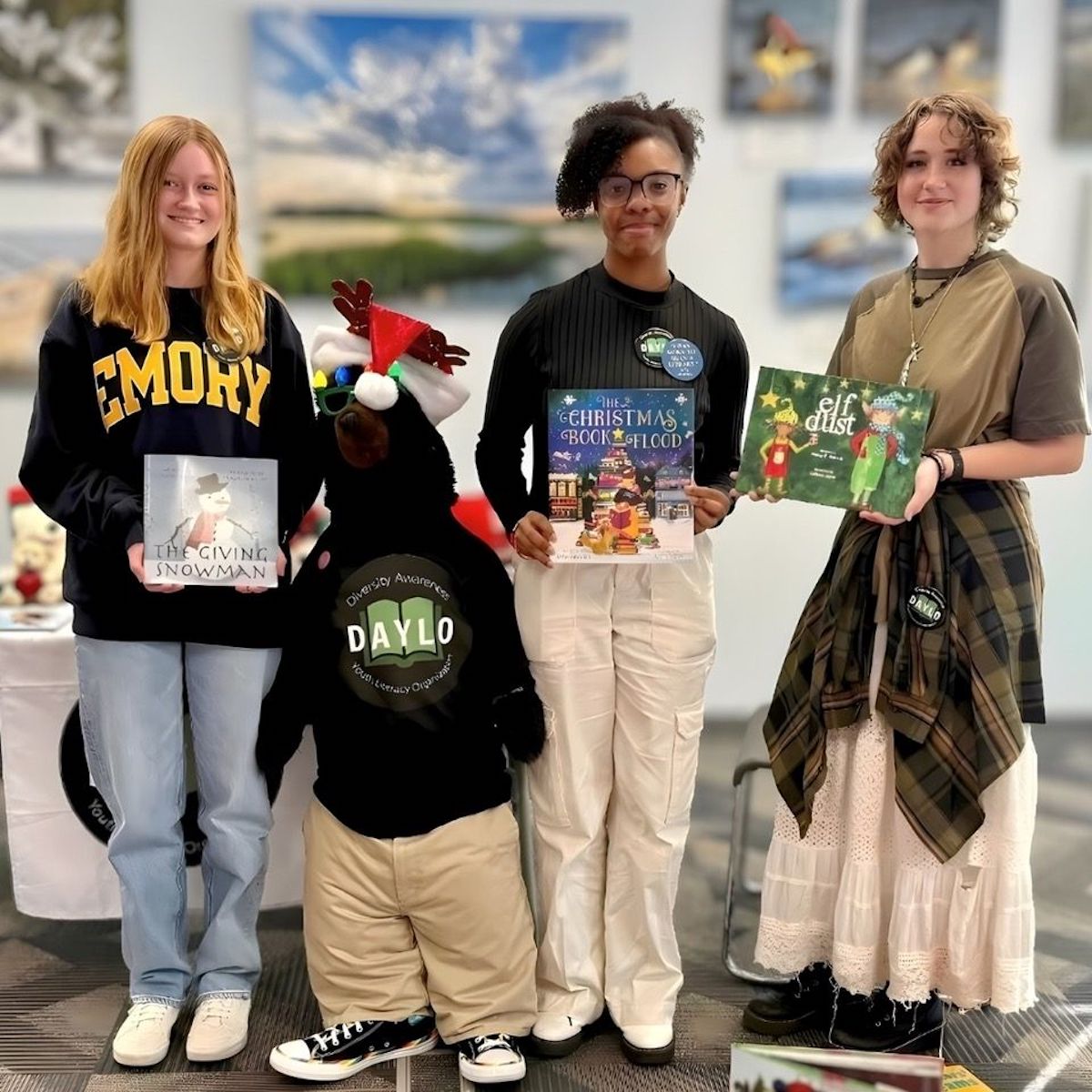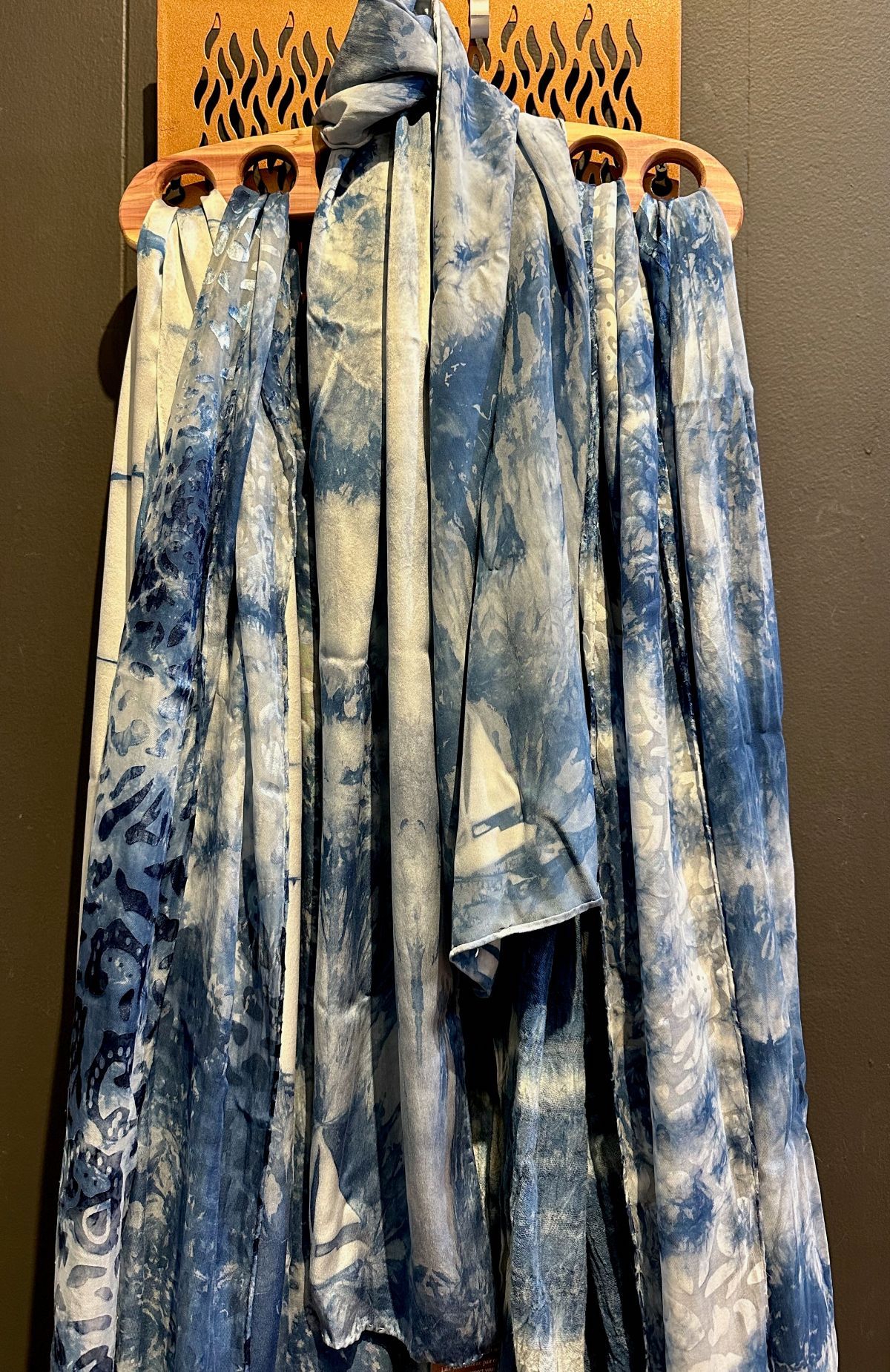From August 22 through October 1, the Beaufort Art Association will feature the paintings and prints of Joan Templer, a well-known local artist who has exhibited widely in this country and in South Africa, the country of her birth and her formal art training. There will be a reception in Joan’s honor on Friday, August 26 from 5:30 – 7:30 p.m. at the BAA Gallery, 913 Bay Street in Beaufort.
Although she has had a fascinating artistic life in South Africa, England, New York, Georgia, and now the Lowcountry, Joan does not rest on past achievements. Her forward-looking, experimental philosophy and dedication to the creative process make her a truly remarkable individual. Viewers can gain better access to her work once they begin to see how she proceeds.
“I work in my studio almost all day, every day, and sometimes until late at night. That might seem to be very tiring, but it isn’t. For some reason, the focus on what I am painting creates its own energy. It’s not really a mental process. I’m not thinking about what I’m working on — well, I am, but it’s not ground out through logic. It’s addressing the visual problems as I see them. Of course, every action I take affects everything in the painting. Somehow this never bothers me.
“Several solutions may occur to me, and I certainly experiment all the time. After a lifetime of painting, my experiments are informed by all my experience. So the experiments are seldom a wild, crazy splash of paint — except right at the start of a work. At that moment I have no real idea what the end result will be. All I’ve decided is what size the canvas will be; what medium I’m going to use; and what will be done to start the work.
“This might appear to have little to do with the work done by traditional painters, but is that true? When we look at the work of the great 19th century British artist J. M. W. Turner, for example, the abstract structure often dominates the completed work. It’s as if the touches of realism were just added to kick-start the audience’s imaginative understanding. I often do the same. At some stage in the work, something suggests itself as an actual thing, or scene, or creature, and developing that begins to dominate the canvas. Again, it’s not really a product of a thought process, and certainly has nothing to do with what anyone looks for. I enjoy my work too much to force it to follow any tradition, phase, or fashion. Of course, I am, and always have been, influenced by the people and society in which I live and am strongly affected by what I see, such as a tree, a field, ripples on the sand, or clouds, and these in some fashion reappear in my work.”






